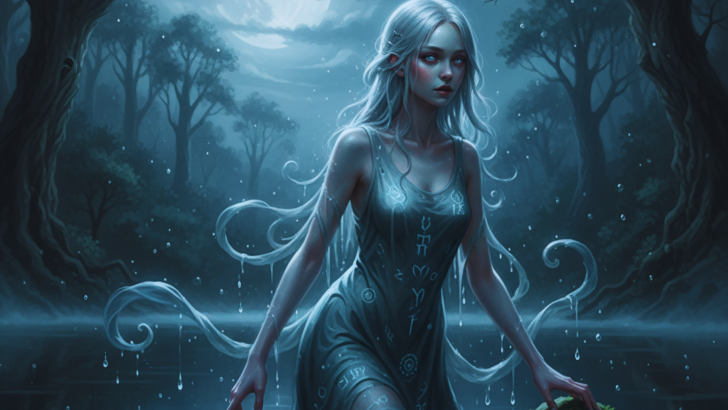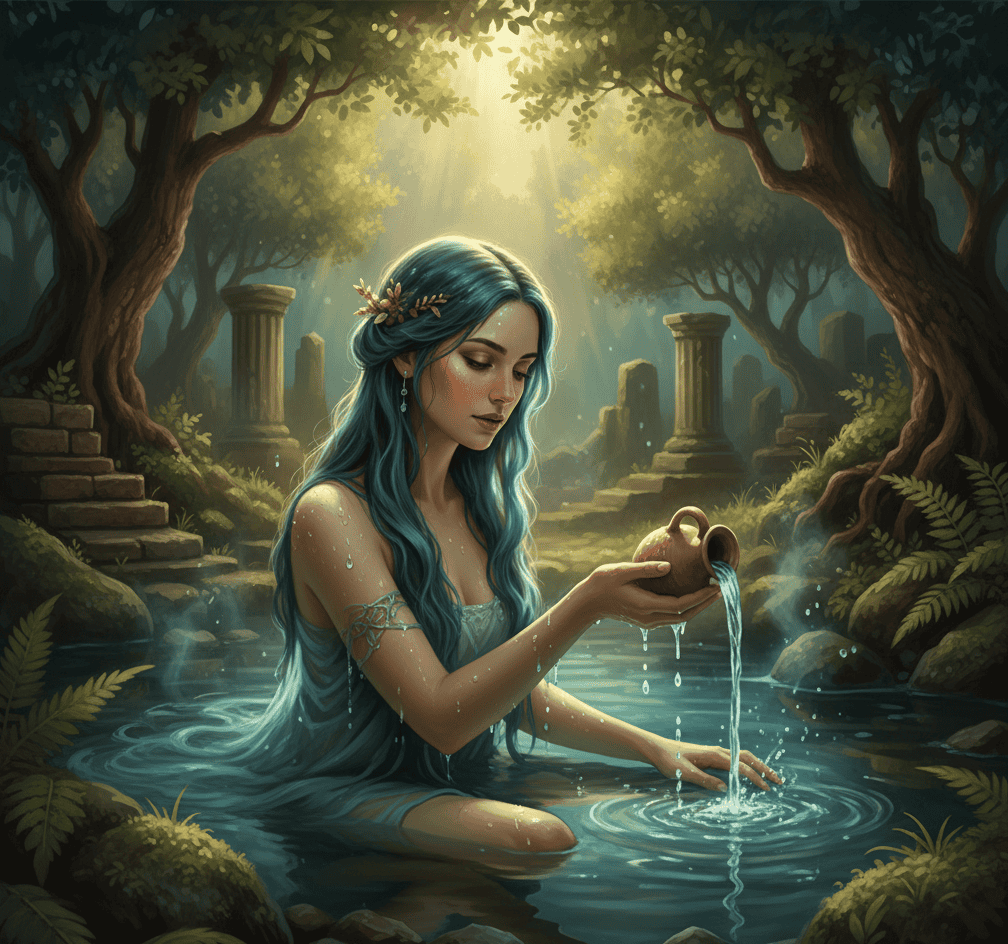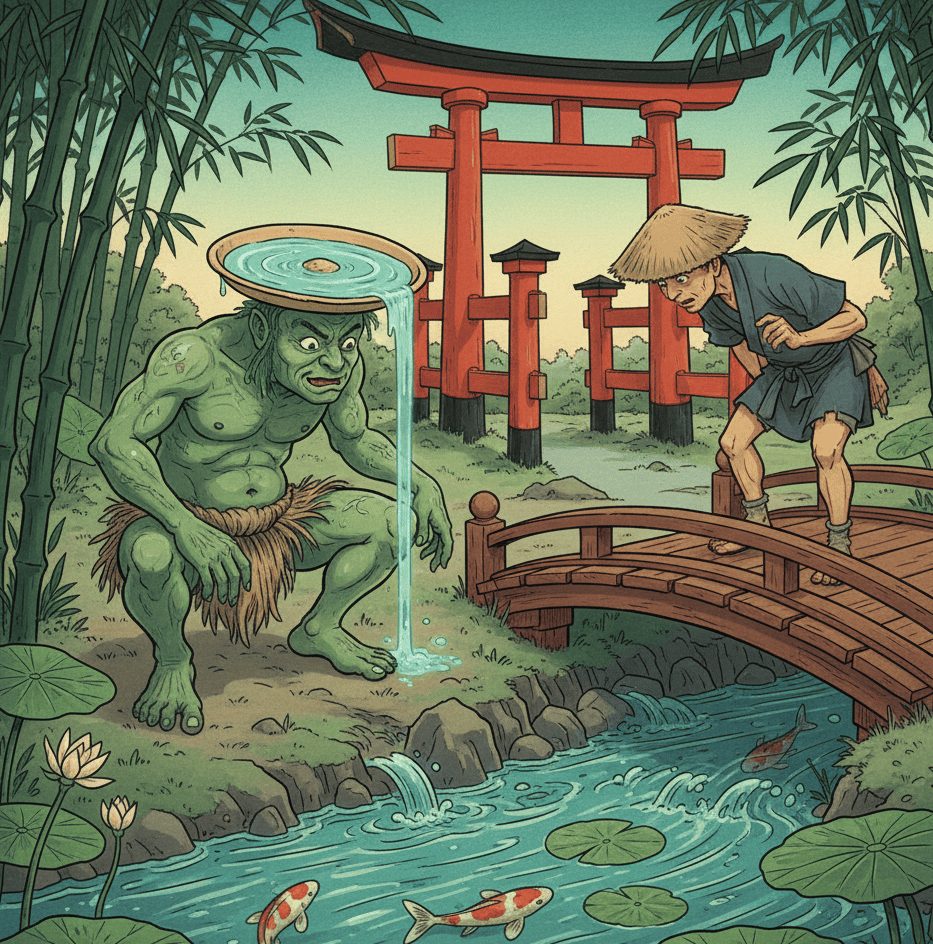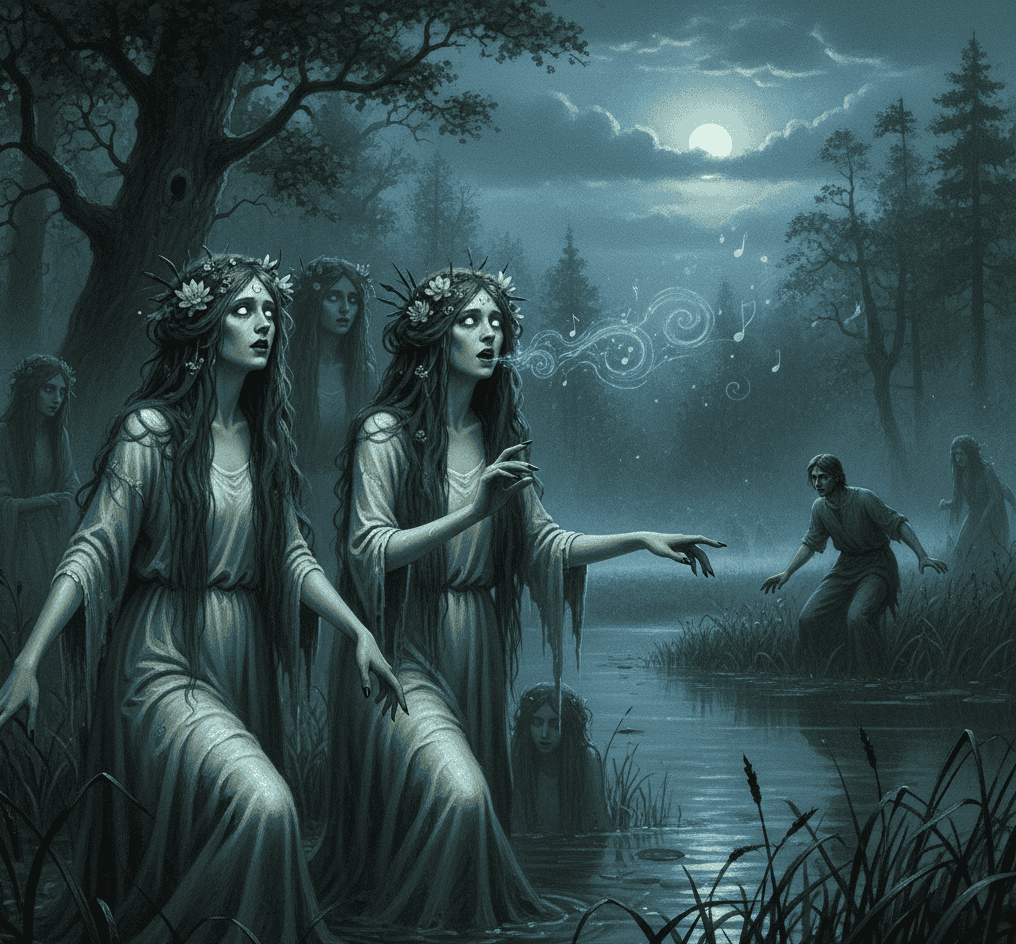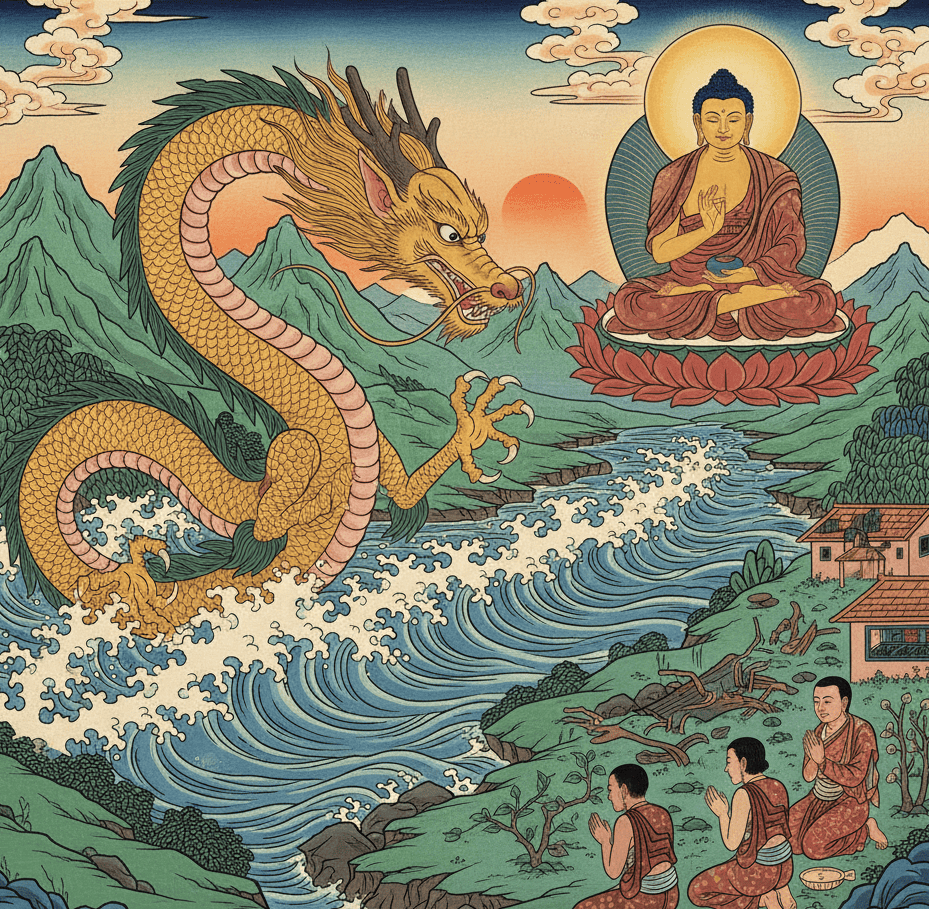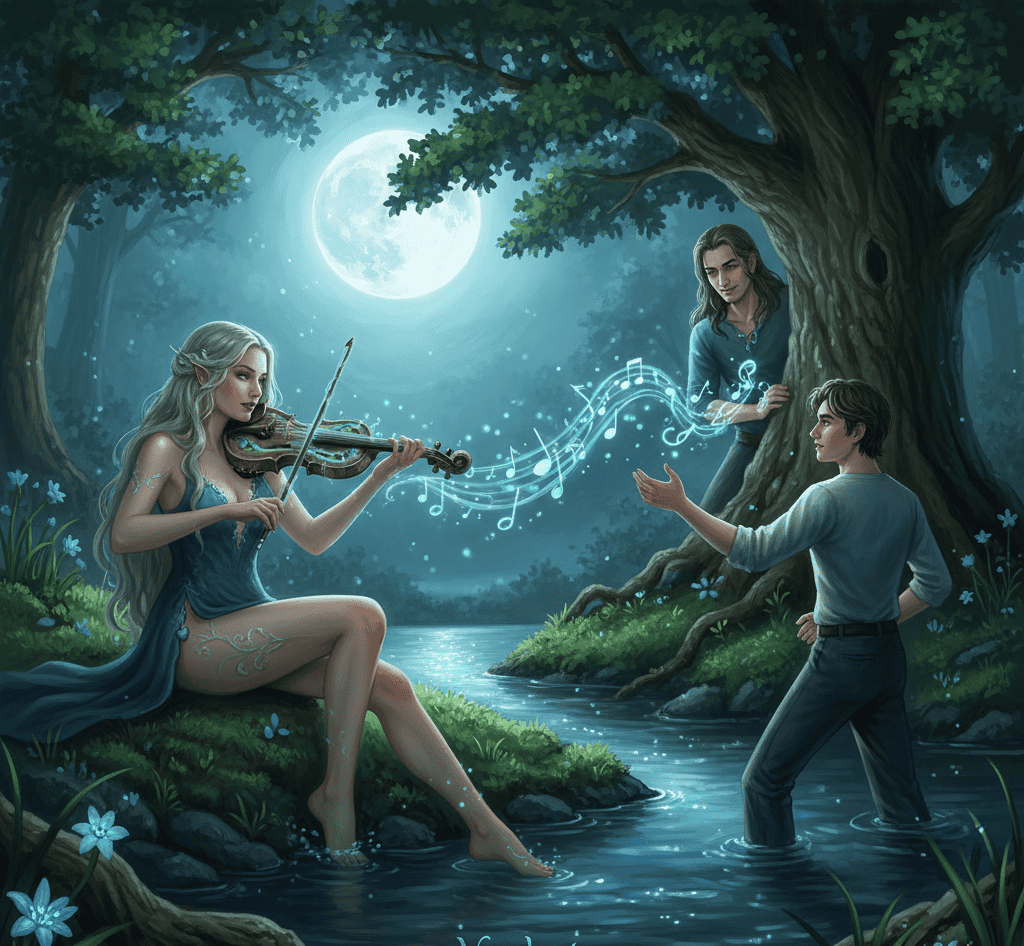Water has always carried mystery. It flows gently in rivers, crashes powerfully in oceans, and hides untold depths in lakes.
Across cultures, people have seen more than just liquid in streams and seas. They saw spirits, guardians, and magical beings who shaped destiny.
These water spirits were often protectors but could just as easily be tricksters or destroyers if disrespected.
Let’s explore seven legendary water spirits and the mystical powers they were believed to hold.
1. The Nymphs Of Greek Springs
In Greek mythology, water nymphs, often called Naiads, were the spirits of rivers, fountains, and springs. They were beautiful maidens who embodied the life-giving nature of fresh water.
To the Greeks, springs were not just sources of drinking water but sacred places where gods and mortals could connect.
Naiads were believed to heal illnesses, inspire poets, and even grant visions of the future.
Heroes often sought them for wisdom, just as worshippers offered gifts at springs to gain their favor.
But these spirits were also known to punish the careless. Polluting a stream or showing disrespect to their waters could invite disease or misfortune.
The Naiads captured how people viewed water: it could be refreshing and healing, but it demanded reverence. To drink from a Naiad’s spring was to sip directly from a divine source of life.
2. The Selkies Of Celtic Shores
From the rugged coasts of Scotland and Ireland came tales of selkies, mysterious beings who lived as seals in the sea but shed their skins to become human on land.
These spirits embodied the boundary between ocean and shore, moving effortlessly between worlds.
Selkies were often gentle and kind, yet their stories were filled with longing. Many myths tell of humans who stole a selkie’s seal skin, trapping them in human form.
While some selkies lived as devoted spouses, they always yearned for the waves. If they found their hidden skin, they would return to the sea, no matter the bonds they had formed on land.
The power of the selkies lay in transformation and desire. They symbolized the untamed freedom of the ocean, a reminder that love cannot chain what belongs to the water.
Their tales still ripple across Celtic folklore as bittersweet songs of love, loss, and the sea’s call.
3. The Kappa Of Japanese Rivers
In Japanese mythology, the kappa was a strange and mischievous water spirit that lived in rivers and ponds.
With a humanoid form, webbed hands, and a dish-like cavity on its head filled with water, the kappa was both feared and respected.
Kappa were known for playing pranks on people, sometimes harmless, sometimes deadly.
They could drag unsuspecting swimmers beneath the surface or challenge travelers to sumo wrestling matches.
Yet, they were bound by peculiar rules. If someone bowed to a kappa, it would feel obliged to bow back, spilling the water from its head.
Without the water, it lost its strength and became powerless. Despite their tricks, kappa were also said to possess great knowledge of medicine and irrigation.
Farmers and healers sometimes sought their wisdom. These river spirits revealed the dual nature of water in Japanese culture.
It could nourish the land and provide healing, but it could also claim lives if treated without caution.
4. The Rusalki Of Slavic Lakes
In Slavic mythology, the rusalki were water spirits with haunting beauty. They often appeared as young women with flowing hair, rising from lakes and rivers.
But behind their charm lay danger. Many legends describe rusalki as the spirits of women who died tragically, often betrayed in love or drowned before their time.
At night, they would emerge from the water, singing and dancing. Their songs could lure men to follow them, only to vanish into the depths, pulling the victims with them.
In some tales, they tickled their victims to death or entangled them in reeds. Yet not all stories painted rusalki as malicious.
Some villages believed they brought fertility to the fields, watering crops with the moisture they carried from rivers.
They embodied the fear and fascination of lakes: calm and glistening on the surface, yet holding secrets that could not be ignored.
5. The Apalala Of Buddhist Lore
The Apalala was a dragon-like water spirit from Buddhist traditions in northern India. Living in rivers and lakes, it was said to demand offerings from nearby people.
If the offerings were not given, the Apalala would unleash floods, destroying fields and homes.
According to legend, the Buddha himself encountered the Apalala and converted it, teaching compassion and self-control.
This story turned the water spirit from a destructive force into a symbol of transformation. Its power to flood was balanced by its ability to be tamed through wisdom.
The Apalala represented the unpredictable force of rivers. They could bring devastation, yet they also carried the chance for renewal.
In Buddhist teachings, this spirit became a reminder that even the wildest forces of nature could be guided toward harmony.
6. The Encantados Of The Amazon
From the lush rivers of the Amazon came stories of encantados, shape-shifting river dolphins.
These spirits often took human form, appearing as charming men or women who mingled with people at festivals and gatherings.
Dressed elegantly, they enchanted mortals with music and beauty. Encantados were linked to seduction and mystery.
Many tales tell of them luring humans back to the river, never to return. Some communities believed children born with unusual talents were descendants of these water spirits.
Despite the danger, the encantados were not seen as purely evil. They embodied the wonder and unpredictability of the Amazon, where the line between the natural and supernatural often blurred.
Their mystical power was transformation, bridging two worlds with fluid grace. The encantados reminded people that rivers were alive, full of secrets, and that their depths could hold both beauty and peril.
7. The Nixies Of Germanic Rivers
In Germanic and Scandinavian folklore, nixies were water spirits who dwelled in lakes and rivers. They often appeared as beautiful women or handsome men, luring humans with enchanting songs.
Their music was said to be irresistible, drawing listeners closer until they fell into the water.
Nixies were not always harmful. Some tales describe them teaching humans to play music, especially the violin, gifting mortals with artistic skill.
Others saw them as guardians of their watery homes, punishing only those who disrespected the rivers.
Their mystical power lay in enchantment and inspiration. Through song and melody, nixies revealed the hidden magic of water.
To hear a nixie’s music was to be touched by something otherworldly, a reminder that rivers were not just natural features but sacred places alive with spirit.

自出生以来,我一直感觉到自己与神灵有着紧密的联系。作为一名作家和导师,我的使命是帮助他人在最黑暗的时刻找到爱、幸福和内心的力量。

